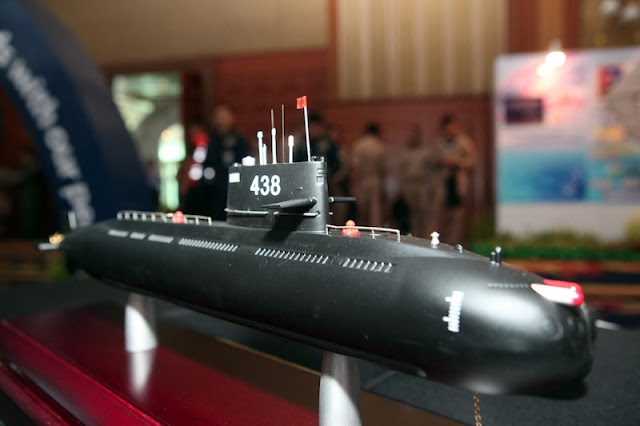 |
| Sabrah light tanks being unloaded at Subic Bay Freeport. Photo c/o MaxDefense Philippines. |
The Philippine Army (PA) has taken delivery of a second batch of Sabrah light tanks manufactured and delivered by Israeli defense company Elbit Systems.
Undated photos circulating in Philippine defense social media pages, said to be taken within the last 3 days of at least 9 vehicles, based on the GDELS ASCOD 2 tracked armored vehicle, being unloaded from a commercial cargo vessel in Subic Bay Freeport and being transported by road to an undisclosed location.
Philippine defense page MaxDefense Philippines noted in a video it posted that at least 8 vehicles can be confirmed as ASCOD 2 Sabrah light tanks, while one did not have a tank turret and could either be an armored recovery vehicle, or a command vehicle variant.
As part of Elbit Systems’s PHP9.49 billion (US$185 million) contract with the Philippines’ Department of National Defense (DND) signed in 2021, 30 ASCOD 2-based vehcles, 28 of which are Sabrah light tanks equipped with Elbit Systems’ 105mm tank gun and turret system, one command vehicle, and one armored recovery vehicle variant.
The deal also includes the delivery of Pandur 2-based 8x8 wheeled armored vehicles, all of which are also equipped with the Sabrah light tank system. Elbit Systems also committed to provide 2 additional wheeled armored vehicles of unknown configuration.
At least 1 ASCOD 2 Sabrah light tank has been delivered in December 2022 for in-country testing and training of tank crews.
Elbit Systems is expected to deliver all tanks and associated packages by 2024, with the Philippine Army’s Armor Division receiving these new assets.
[2] Philippine Defense Resource






